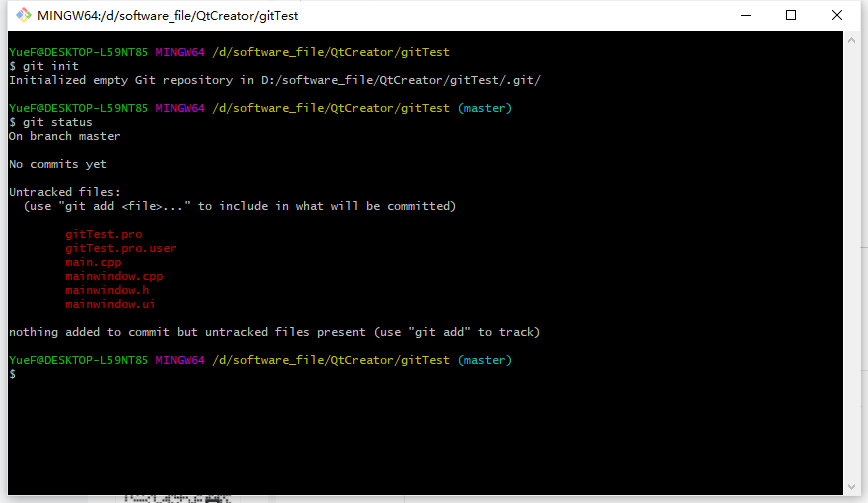
Next choose a filename and save folder for your file. Select the type of widget to create, for most applications this will be Main Window.

ui files for dialog boxes, forms and custom compound widgets. If you are starting an application then Main Window is the right choice. In the next step you'll be asked what type of widget you want to create. You'll notice the icon has "ui" on it, showing the type of file you're creating. In the window that appears select Qt under Files and Classes on the left, then select Qt Designer Form on the right. ui file go to File -> New File or Project. The Qt Creator interface, with the Design section shown on the left. However, to activate this you first need to start creating a. The designer is available via the tab on the left hand side. Open up Qt Creator and you will be presented with the main window. You can opt to install only Creator during the installation. This tutorial requires Qt Creator to be installed - you can download it free from the Qt website. The Python API to hook up your application logic later. The principles, layouts and widgets are identical, so you can applyĮverything you've already learnt. In this tutorial we'll cover the basics of creating UIs with Qt Designer.

Using Qt Designer you can define your UIs visually and then simply hook up the application logic later. The good news is that Qt comes with a graphical editor - Qt Designer - which contains a drag-and-drop UI editor.

This works great in many cases, but as your applications get larger or interfaces more complicated, it can get a bit cumbersome to define all widgets programmatically. Bede # cmake_minimum_required (VERSION 2.8.7 ) project (terralib ) # main variables for the build script # variables that control the system versioning set (TERRALIB_VERSION_MAJOR 5 ) set (TERRALIB_VERSION_MINOR 0 ) set (TERRALIB_VERSION_PATCH 0 ) set (TERRALIB_VERSION_STATUS "beta1" ) set (TERRALIB_VERSION_STRING " $/././.So far we have been creating apps using Python code. # Author: Gilberto Ribeiro de Queiroz # Juan Carlos P. # Description: Main CMake script for the TerraLib build system. # You should have received a copy of the GNU Lesser General Public License # along with TerraLib. See the # GNU Lesser General Public License for more details. # TerraLib is distributed in the hope that it will be useful, # but WITHOUT ANY WARRANTY without even the implied warranty of # MERCHANTABILITY or FITNESS FOR A PARTICULAR PURPOSE.
# TerraLib is free software: you can redistribute it and/or modify # it under the terms of the GNU Lesser General Public License as published by # the Free Software Foundation, either version 3 of the License, # or (at your option) any later version. # This file is part of the TerraLib - a Framework for building GIS enabled applications. # Copyright (C) 2008-2014 National Institute For Space Research (INPE) - Brazil.


 0 kommentar(er)
0 kommentar(er)
